International Affiliations
AHSS is a member society of APFSSH and IFSSH, contributing leadership, research, outreach and collaborating to advance hand surgery in our region and globally
The International Federation of Societies for Surgery of the Hand has honoured “Pioneers of Hand Surgery” at every Triennial Congress since the 3rd Congress in Tokyo in 1986 for their career long contributions to advancing Hand Surgery. Pioneers of Hand Surgery are recognised leaders in Hand Surgery, over the age of 70 years, who have significantly contributed to the development of Hand Surgery nationally and/or internationally.
The Australian Hand Surgery Society nominates Pioneer candidates who are then submitted to the IFSSH Executive Committee and evaluated by the Nominating Committee. During the Opening Ceremony at each IFSSH Triennial Congress, the Pioneers are honoured for their enormous contribution to Hand Surgery, which will influence many generations of future Hand Surgeons. Ultimately, their accomplishments will benefit countless patients far into the future.
The Australian Hand Surgery Society is honoured to have many Pioneers of Hand Surgery among our members. We offer our sincere appreciation and gratitude to our Pioneers for enriching our passion in delivering outstanding Hand Surgery care in Australia and contributing to the development of Hand Surgery in the Asia Pacific region through the Asia Pacific Federation of Societies for Surgery of the Hand (APFSSH), and internationally as a member of the International Federation of Societies for Surgery of the Hand (IFSSH).
Australian Pioneers of Hand Surgery Profiles
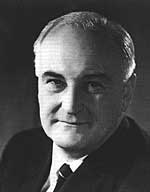
Sidney Sunderland, 1986
Sir Sydney Sunderland was one of the first Australians to be elected a Pioneer of Hand Surgery during the 3rd IFSSH meeting in Tokyo in 1986. His work on nerve anatomy and pathology has been a foundation for Hand and Peripheral nerve surgery. His books Nerves and Nerve Injuries (1968, 1978) and Nerve Injuries and their Repair (1991) are amongst the most cited publications on nerve injury and surgery and have contributed to his reputation as the “father of modern nerve surgery”.

Benjamin Rank, 1986
After a career as a wartime surgeon in England during World War II, Sir Benjamin Rank pioneered hand surgery in Australia. He was the primary author of “Surgery of Repair as applied to Hand Injuries”. He was one of the earliest to recognise the need for specialised hand surgery and the critical role it played in the primary care of hand injury. He used his reputation and authority to bring about the necessary changes that have benefited patients and surgeons alike.
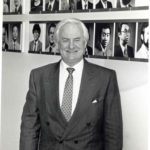
Bernard McC. O’Brien, 1995
Bernard O’Brien was a visionary surgeon who recognised the potential of reconstructive microsurgery and was the first President of IFSSH. He was instrumental in the development of the instrumentation and optics that would facilitate the advancement of microsurgery. Through the Microsurgery research unit, based at St. Vincent’s Hospital in Melbourne (later known as the O’Brien Institute), he led a programme of both basic science research and clinical innovation in hand and microsurgery and trained numerous Australian and international microsurgeons.
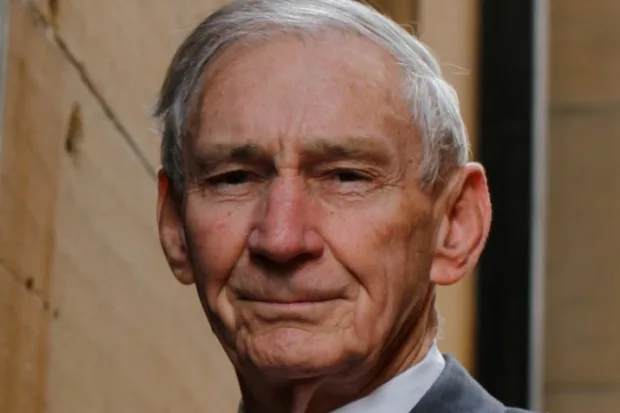
W. Bruce Conolly, 2007
Bruce Conolly was an energetic dynamo, tireless in his devotion to the development of hand surgery in Australia and to its advancement in the Asian region. Bruce was the founder of the Sydney Hospital Hand Unit. He had amazing teaching skills and would involve every member of the team from students and nurses to therapists, registrars and fellows in the teaching of hand surgery anatomy, examination, diagnoses and techniques. Bruce was committed to Outreach in the Asia Pacific region and established the program in Hue, Vietnam in 1996 that is still running today.
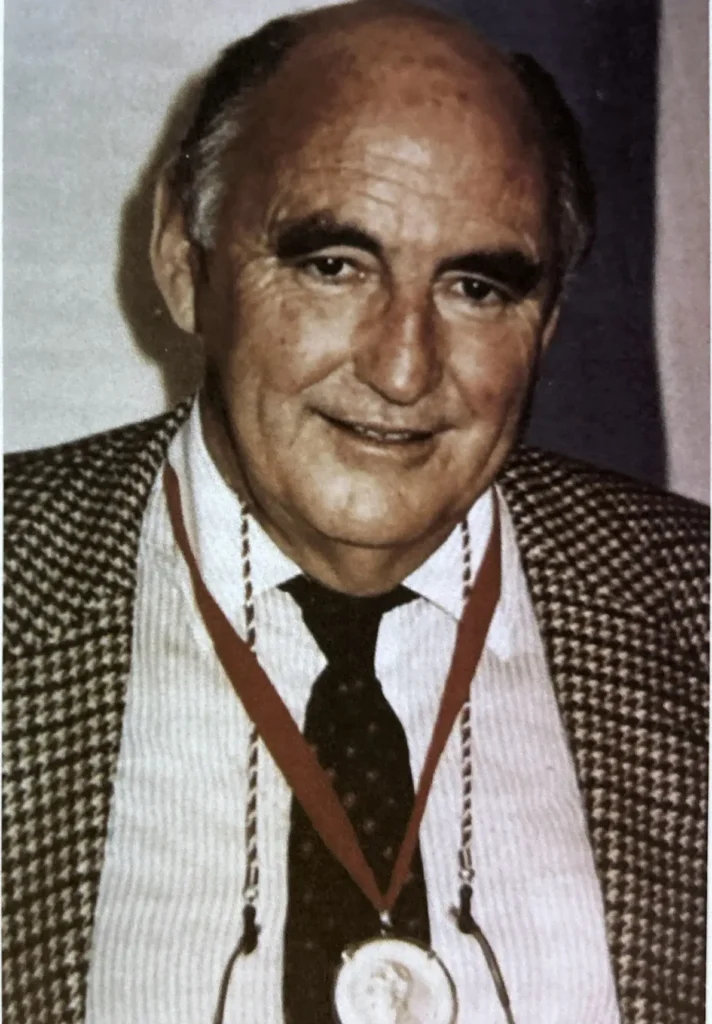
John Hueston, 2007
John Hueston was a world figure earning a reputation in the field of plastic and reconstructive surgery ranging from hand surgery to reconstructive and aesthetic surgery. He was perhaps best known for his work in the history, diagnosis and management of Dupuytren contracture of the hand. He was an active member of the international brigade of British, French, Italian and American Hand Surgery societies. He succeeded Sir Benjamin Rank as the Head of the Plastic Surgery department at the Royal Melbourne Hospital.
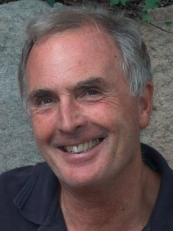
Timothy Herbert, 2016
Timothy Herbert was the founding Chairman, and Director of Hand Surgery Fellowship Programme at St Luke’s Hospital in Sydney. He was a remarkable innovator and designed the first specific headless bone screw, a radical change on the traditional carpentry type of screws available. The Herbert Screw remains the basis for internal fixation of the scaphoid and has found numerous applications in hand surgery. He has had a profound impact on the management of some of the most challenging problems in hand surgery.
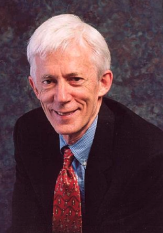
Wayne Morrison, 2016
Wayne Morrison simultaneously ran a university department, a clinical plastic surgery unit, an internationally recognised research institute as well maintaining a busy clinical practice, a feat that many have attempted but few have ever successfully achieved. He has contributed much to both clinical and scientific research in the fields of hand surgery, plastic and reconstructive surgery and tissue engineering. In 2001, Morrison was awarded a medal of the Order of Australia and the Prince Henry’s medal from the Royal Australasian College of Surgeons. Professor Morrison continues to teach trainees and has a great legacy of legions of Australian and international surgeons who have learnt their hand, plastic and microsurgery skills from him.

David Vickers, 2016
David Vickers is acknowledged internationally for his innovative and outstanding contributions to hand surgery particularly in the field of skeletal deformity in children where his seminal work on treatment of Madelung’s deformity and clinodactyly remains the basis of treatment for these conditions. He has published widely and is highly regarded in the international congenital hand surgery community. He was awarded a Membership of the Order of Australia (AM) in 2006.
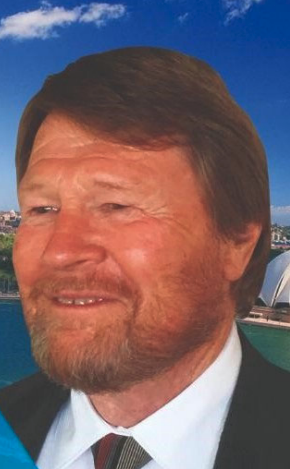
Michael A. Tonkin, 2022
Michael Tonkin has been one of the leading figures in Australian Hand Surgery over the last 30 years and has improved thousands of patients through his own surgical skill, by training a generation of surgeons and by advancing surgical science, particularly in the fields of congenital hand and peripheral nerve surgery. He established the Royal North Shore Hospital Hand Unit in Sydney and has contributed enormously to the AHSS, APFSSH and IFSSH, having led all of these organisations during his career. His academic and leadership credentials led to his appointment to the first full chair of Hand Surgery in Australia in 1999 at the University of Sydney. His contribution to medicine was recognised with the award of the membership of the Order of Australia in 2023.
Affiliations
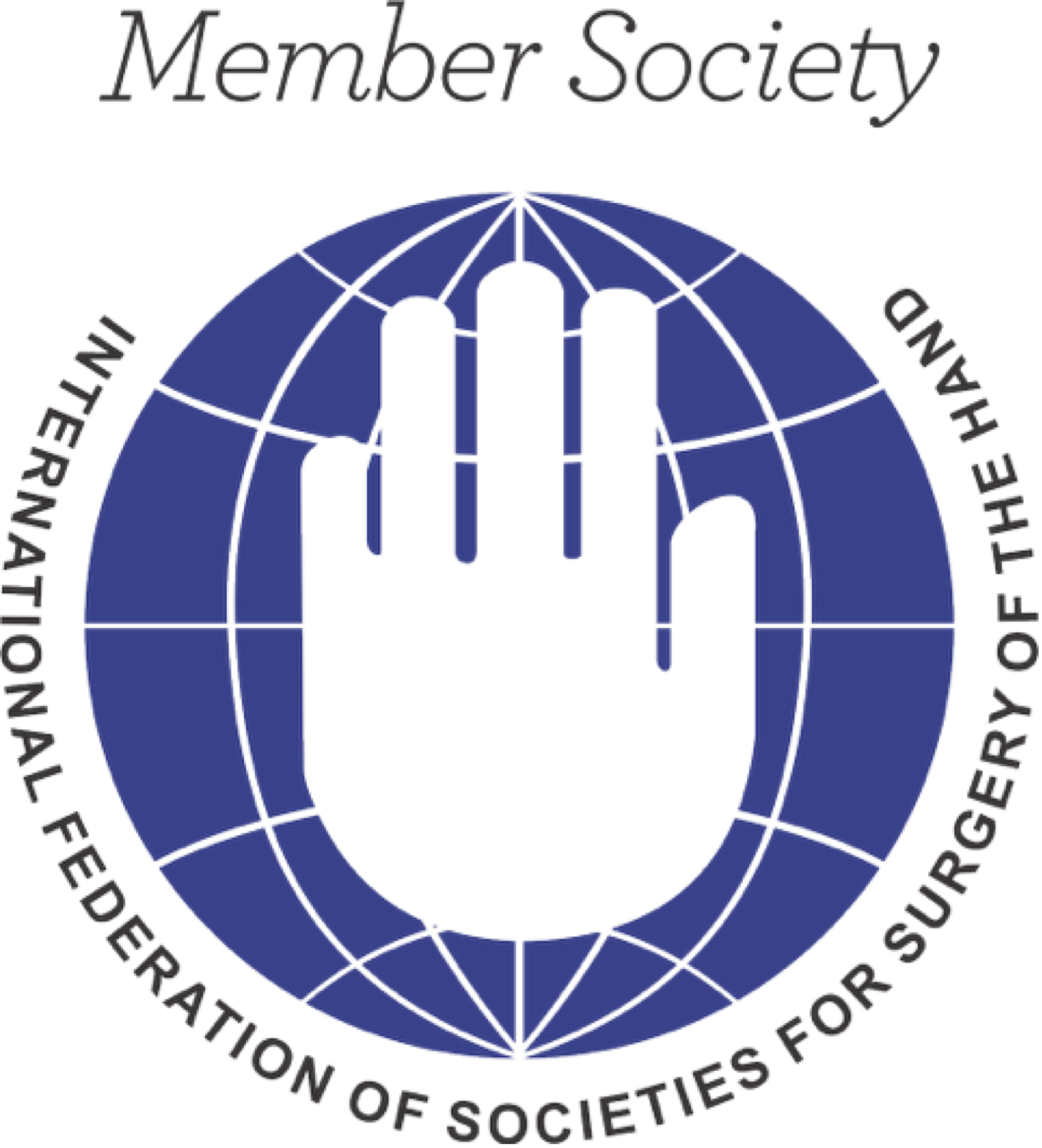
IFSSH
The International Federation of Societies for Surgery of the Hand (IFSSH) This federation was formed in 1966 for the purpose of coordinating the activities of the various Societies for Surgery of the Hand throughout the world and in this way to increase and spread knowledge of surgery of the hand.
Read More

APFSSH
The Asia Pacific Federation of Societies for Surgery of the Hand (APFSSH) is Australia’s regional hand surgery society federation. The APFSSH was formed in 1995. The Australian Hand Surgery Society was a founding member with the hand societies of Hong Kong, India, Indonesia, Japan, Korea, Malaysia, New Zealand, Philippines, Singapore, Taiwan and Thailand.
Read More

ASSH
The continuing medical education (CME) mission of the American Society for Surgery of the Hand (ASSH) is to advance the science and practice of hand and upper extremity surgery and reconstructive microsurgery through education.
Read More

BSSH
The Australian Hand Surgery Society has a close relationship with the American and British Hand Surgery Societies, hosting combined meetings with our American or British sister societies on a regular basis.
Read More

Singapore SHS
More recently the Australian Hand Surgery Society has been honoured to host Singapore Society for Hand Surgery.
Read More

ISSH
The AHSS is honoured to have been an invited guest of the Indian Society for Surgery of the Hand
Read More

FESSH
Although AHSS is not a member society, many AHSS Members attend the Federation of European Societies for Surgery of the Hand (FESSH) Annual Meetings to present their research, develop skills and expand their hand surgery knowledge.
Read More

APWA
The Asia Pacific Wrist Association is a scientific association open to all individuals involved or interested in the wrist and the surgical management of its disorders.
Read More

IWAS
The International Wrist Arthroscopy Society is a scientific organisation dedicated to the development of arthroscopic surgery and advancing techniques for conditions of the wrist.
